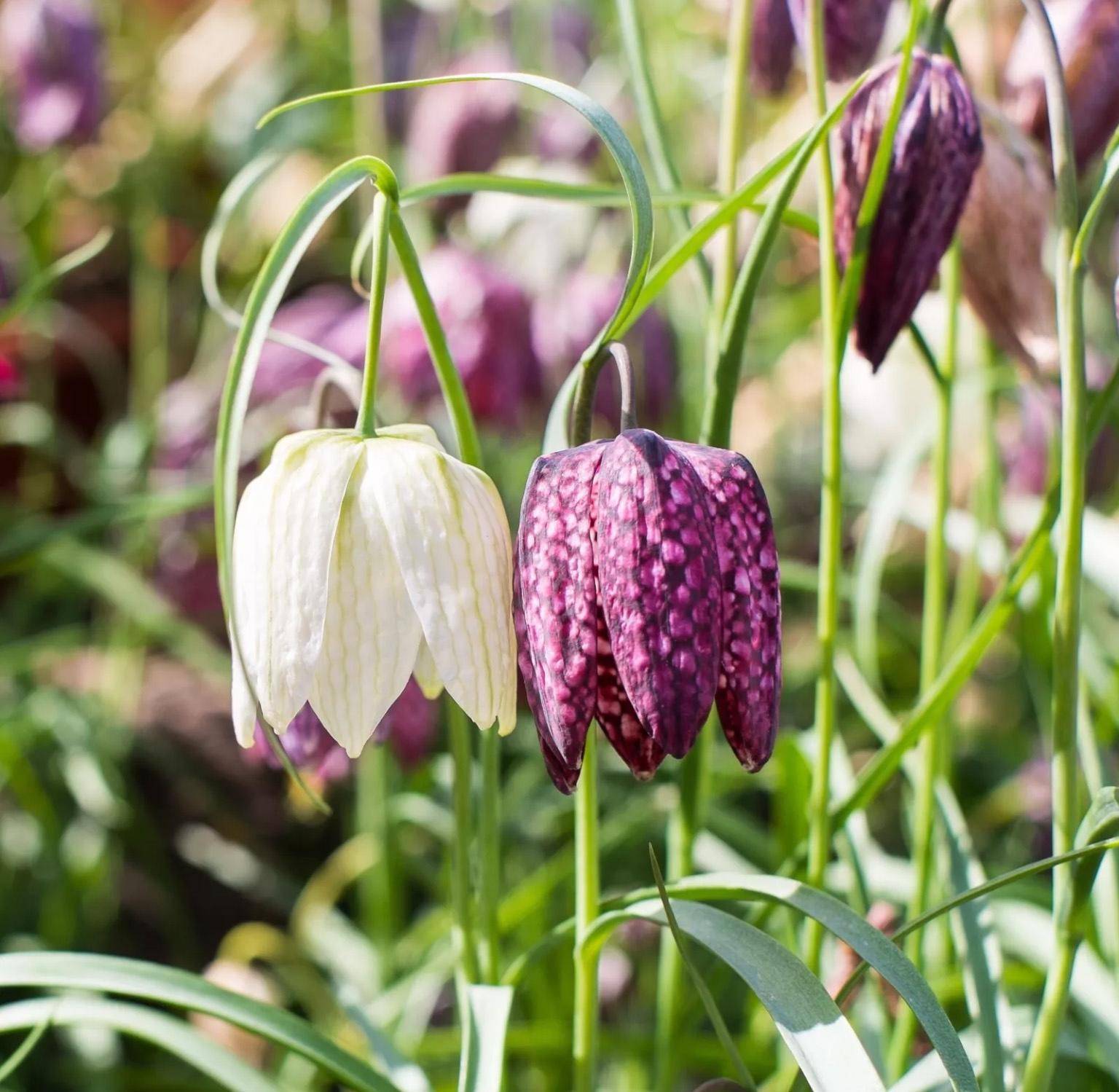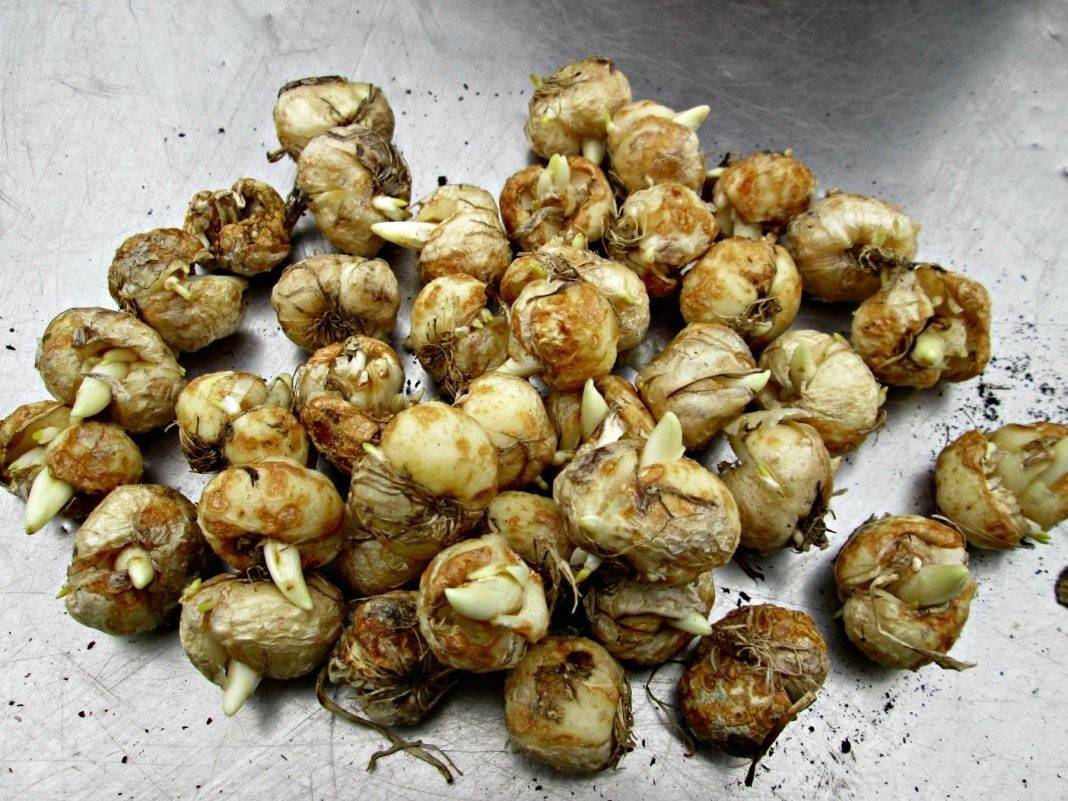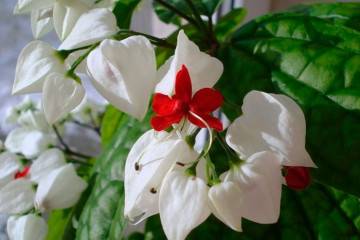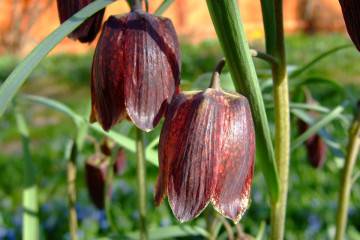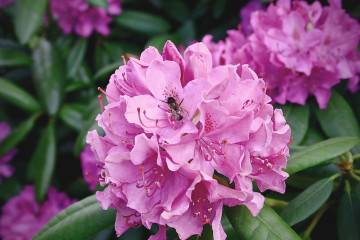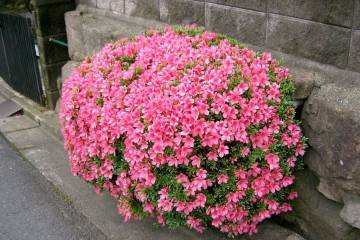Grouse chess: planting and care in the open field
Content:
Looking at the photographs of this plant, it is difficult to believe that such a correct geometric coloration can exist in nature. However, this original checkered flower does exist. Its irregular color helps it stand out from other plants and attract pollinating insects. Despite its exotic appearance, hazel grouse is an unpretentious plant, and it is very easy to grow it in your summer cottage.
Botanical description
Grouse is a perennial flower that belongs to the group of ephemeroids - plants with a very short growing season, so you can admire its checkered flowers only for a short time (usually about three weeks in early May). It is thanks to this species and its non-standard colors that the whole genus received the Russian name hazel grouse, in Latin "fritillaria". And the checkered species itself is called Fritillaria Meleagris, which means "chessboard".
The main varieties of hazel grouse
Chess hazel grouse can have not only lilac color, there are also varieties that have white, pink, purple and dark red petals. Here is a description of the main ones:
- hazel grouse Alba is one of the smallest varieties, reaching a height of only 20 cm. Flowers are white in color with a green spot at the base. Due to the light shade, the checkerboard cells on its petals are practically invisible. It is great both as a background for colorful fellows and for decorating a garden on your own;
- Aphrodite is also a white variety of hazel grouse, differs from Alba in higher height and larger flowers;
- pink flowers of the Peak Evelina variety have an interesting feature: from bright sunlight they can fade and turn gray;
- Mars is a short flower, the buds are dark purple with white specks;
- Charon - almost black flowers with barely noticeable cells;
- white hazel grouse with purple markings - Poseidon variety.
In addition to chess varieties, other original species of this plant are also in great demand:
- hazel grouse Radde (Fritillaria Raddeana) - the tallest and most unpretentious of the whole species. Reaches almost a meter in height, flowers are large, yellow or cream color;
- Fritillaria Lutea - yellow hazel grouse. This plant is small in size, flowers can be brick-colored. Begins flowering from the end of April;
- Fritillaria Imperial (Fritillaria Imp Lutea) can also grow up to 90 cm, large bright yellow flowers.
Distribution and ecology
The wild hazel grouse is a rare species that is listed in the Red Book and is under threat of extinction. No more than 70 localities of this plant are known throughout Russia, and the populations themselves do not differ in size: on average, they range from 50 to 1000 flowers.
The number of the checkered flower is declining due to deforestation, buildings, forest fires and grazing. Its quantity is also greatly reduced by the human factor: people collect unusual flowers in bouquets or dig up bulbs. Everyone can help preserve this unique species in the wild, you just need to be more careful with its flowers, and it is better to buy cultivated bulbs in flower shops.
Necessary security measures
In addition to being listed in the Red Book, strict control over the state of the populations is carried out to preserve the species, and a search is underway for the still unknown locations of the plant. In places where hazel grouse grows, protected areas (Specially Protected Natural Territories of Russia) are created.
Hazel grouse as an ornamental plant
As an ornamental plant, hazel grouse has been known for a very long time. The first mentions of cultivated varieties of this flower date back to 1519. The main difference between cultivated plants and wild ones is the number of inflorescences: in ornamental varieties, 2-3 flowers develop, while their wild counterparts have only one.
Use in landscape design
In landscape design, hazel grouse looks spectacular on a trimmed green lawn or next to plain flowers. It goes best with tulips or irises. The white variety of hazel grouse can be a wonderful backdrop for variegated flowers. As a short plant, Meleagris hazel grouse is ideal for planting along garden paths or along the perimeter of flower beds and lawns.
Due to the specific aroma, you should not plant hazel grouse in closed spaces, because in this case the aroma is concentrated.
Breeding hazel grouse
The hazel grouse grows quickly and runs wild, as it can independently sprinkle seeds from the seed box. So that later you do not have to deal with transplanting flowers in the right places, you should think over the reproduction process in advance.
Bulb propagation
It is enough to dig out and plant a chess hazel grouse once every 4-5 years, or if the flowers grow and they start to run out of space. It is better to transplant with bulbs at the end of summer, if you postpone this process until autumn, then in the spring the young plant may not bloom. Dig the nest of bulbs carefully so as not to damage the delicate skin and roots, and separate the children. They are immediately planted in the ground, if there is a need to wait 2-3 days with planting, then they are stored in moist peat at a low temperature.
Seed propagation
Seed propagation is much more profitable than bulbs, and flowers grown from seeds are more resistant to frost. Collecting hazel grouse seeds is very simple: when the flower dries up, a seed box appears in its place. Bolls can rot from wet weather, so at the beginning of summer, when they darken, it is better to carefully cut them off and leave to ripen indoors.
Flowers are planted in the middle of summer, as soon as the walls of the boxes turn white and the seeds fall out. It should be planted shallowly, by about 1 cm. Shoots will sprout as early as next spring, and the first flowers will appear in about 4-5 years.
Planting a plant
The hazel grouse is unpretentious, so planting and care in the open field is not particularly difficult. This flower grows in the wild in deciduous forests, so it is best to plant it in loose soil with a lot of organic matter and moderate moisture. Do not plant hazel grouse in a place where bulbous plants also grew earlier.
Seat selection
This flower grows well in semi-shaded areas, for example, in the shade of dense trees. But in order to get strong plants with large, bright flowers, it is necessary that the hazel grouse be in direct sunlight for several hours a day.
The soil is chosen not very moistened, if you plant the hazel grouse in places where water stagnates, then rot cannot be avoided.
As a forest plant, hazel grouse is very sensitive to winds, so a place protected from strong gusts is chosen for planting.
Watering
Growing a flower does not require a special watering regime; it is enough to make sure that the soil does not dry out. The main thing is not to flood the plant too much, otherwise the bulbs can rot.
Fertilization
After planting, the planting material is first sprinkled with sand a little, then fertilized with a soil mixture. You can buy it in the store or make it yourself by adding humus and a little sand to the fertile soil.
Loosening and mulching
The first time after transplanting, the soil around the seedlings should be loosened. This is done very carefully so as not to damage the shallow roots. Mulch with sawdust, peat or store-bought colored decorative mixture.
Plant care
Chess hazel grouse is the most unpretentious representative of the whole genus. Even if not cared for, it is capable of growing and blooming on its own. But in order to get a healthy plant with large and bright flowers, you should follow simple rules of care.
Shelter for the winter
This caged flower, despite its delicate appearance, is a very winter-hardy plant and does not require special shelter, it is enough to cut the stem and slightly mulch the soil. Only if the winter is very frosty or little snow has fallen, you can additionally cover it.
Fertilization and feeding
Fertilize the soil around the flower with humus and mineral fertilizers in the spring, making sure that there will be no more frosts. The flowering plant is fertilized with ash, and for additional nutrition of the bulbs, after the hazel grouse has faded, superphosphates are added to the soil.
Diseases and pests
From its wild ancestors, hazel grouse inherited immunity to diseases, with the exception of rot, which can infect a flower with abundant moisture. Rot affected areas should be cut and watering should be reduced.
It is protected from most pests by a specific smell, only the leaf beetle does not hesitate to profit from a fragrant plant. In the event of an attack, beetles are carefully collected, and the flower itself is treated with insecticides. Occasionally, wireworms or slugs can parasitize on a checkerboard flower, they are fought with using conventional methods.
Although this plant only blooms for two weeks, it has many fans among gardeners due to its interesting coloration and ease of growing and care. In late spring, when nature is just waking up, the plaid flowers of hazel grouse delight the eye and create a spring mood.

